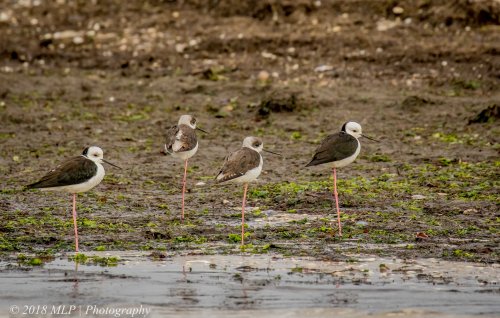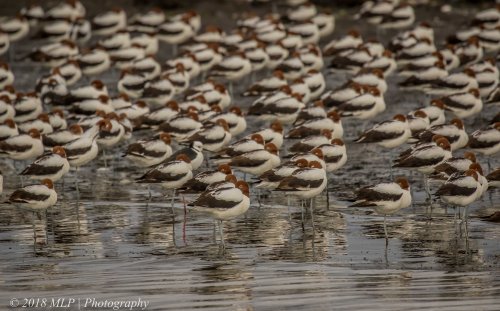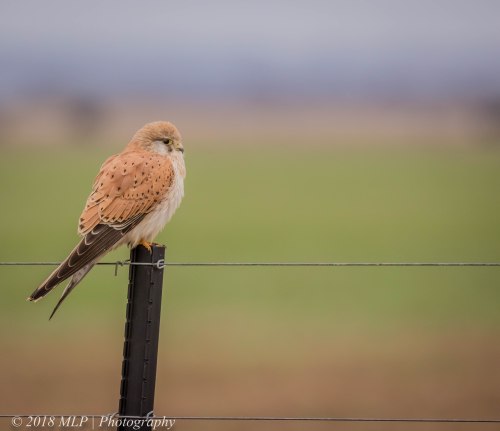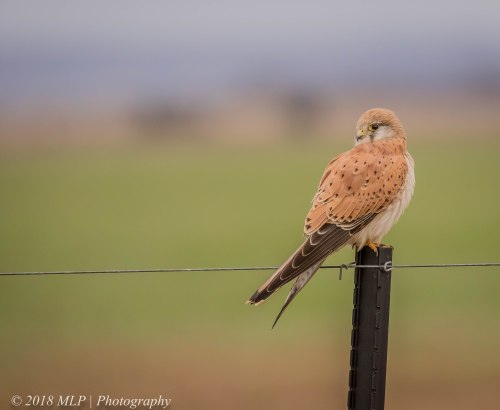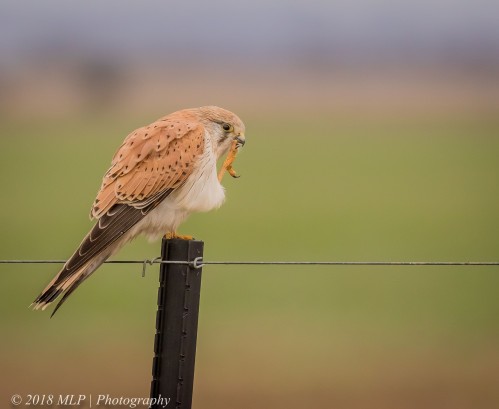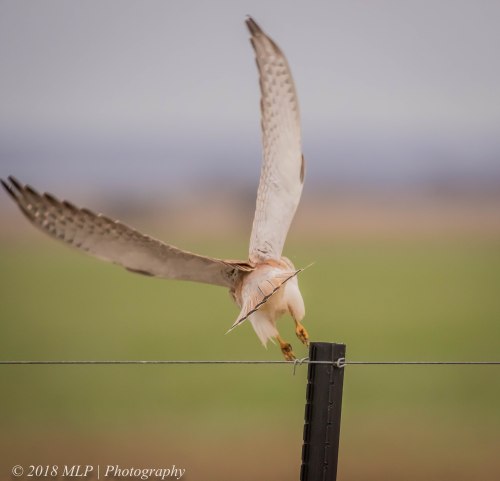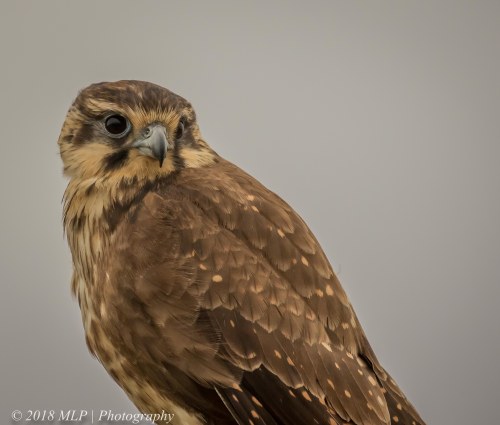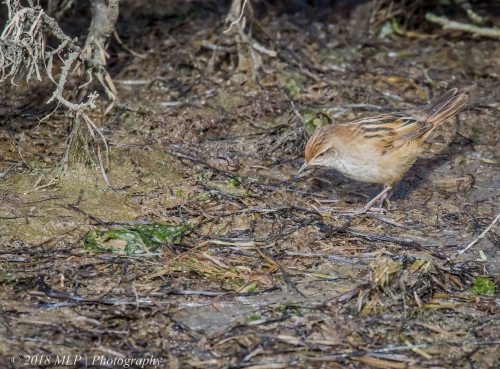Just to the north of the coastal bird-hide in the Lake Borrie Lagoons (Western Treatment Plant) is the mouth of the Little River. It is a great spot for various roosting birds at the high tides. On this occasion we found dozens of Red-necked Avocet roosting and preening and a few metres a small family of Black-winged Stilts.
-
- Follow The Gap Year and Beyond on WordPress.com
Top Posts & Pages
-
Recent Posts
- Eastern Reef Egret, Lifer 352
- Dinosaur in the trees
- Ignorance is bliss
- Feathering a nest
- Mr and Mrs Bronzewing step out
- Leptograpsus and Leptopius
- A Juvenile Storm Bird
- Warning calls, take the hint
- Gippsland Water-dragon
- Cabbage-tree Palms, a nest and a monarch
- Bright bird, hidden home.
- Front View, Rear View
- A yellow-tailed Vandal
- Spiny-cheeked Honeyeater
- Using the Bassian Thrush flush zone
Recent Comments
Imma on Bowerbirds at the Falls Mary on Wild Goschen Cockatiels Malt Padaderson on Wild Goschen Cockatiels Mary on Wild Goschen Cockatiels Cara Horton on Melbourne Laneways: ACDC Lane… Categories
Archives
Links
Tags
ACDC Lane Australia Australian Birds Australian Pelican Bassian Thrush Bird Photography Black and white Black Swan Braeside Park Brown Falcon Brown Thornbill Crimson Rosella Duckboard Place Eastern Yellow Robin Elster Creek Elsternwick Lake Elwood Elwood Beach graffiti Great Egret Greens Bush Grey Fantail Grey Kangaroo Hosier Lane Jawbone Flora and Fauna Reserve Little Pied Cormorant Little Wattlebird Mallacoota Melbourne CBD Melbourne Laneways Moorooduc Quarry Moorooduc Quarry Flora and Fauna Reserve Mornington Peninsula Mornington Peninsula National Park Nature Photography New Holland Honeyeater Photography Pooh Farm Rainbow Lorikeet Rutledge Lane Spotted Pardalote Street Art Street Photography Sulphur Crested Cockatoo Superb Fairy Wren Tawny Frogmouth Urban Photography Victoria Werribee Western Treatment Plant

